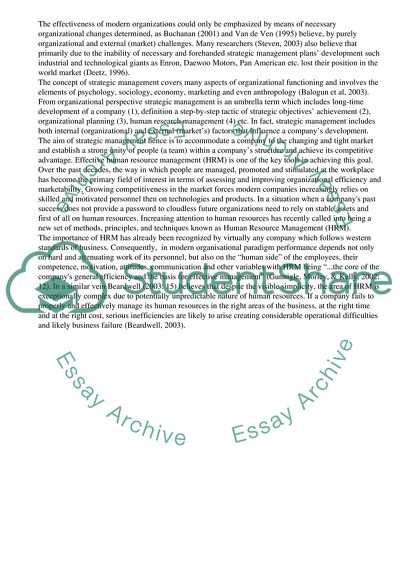Cite this document
(Effective Use of Strategic HRM Principles and Practices Coursework, n.d.)
Effective Use of Strategic HRM Principles and Practices Coursework. Retrieved from https://studentshare.org/management/1708442-strategic-human-resource-management
Effective Use of Strategic HRM Principles and Practices Coursework. Retrieved from https://studentshare.org/management/1708442-strategic-human-resource-management
(Effective Use of Strategic HRM Principles and Practices Coursework)
Effective Use of Strategic HRM Principles and Practices Coursework. https://studentshare.org/management/1708442-strategic-human-resource-management.
Effective Use of Strategic HRM Principles and Practices Coursework. https://studentshare.org/management/1708442-strategic-human-resource-management.
“Effective Use of Strategic HRM Principles and Practices Coursework”, n.d. https://studentshare.org/management/1708442-strategic-human-resource-management.


